By David Alan Johnson
“But for you, there would have been no Battle of Bull Run.” When Confederate President Jefferson Davis made that blanket statement in the summer of 1862, he was not addressing Pierre G.T. Beauregard, Joseph E. Johnston, or any of his other generals who had taken part in the war’s first major battle in July 1861. Instead, he was talking to a slightly built widow in her mid-40s who had never seen the Virginia battlefield.
Rose O’Neal Greenhow: Widow Turned Spy
Rose O’Neal was born in 1817 into a wealthy family in Montgomery County, Md. With her husband, Dr. Robert Greenhow, and their growing family, she travelled throughout the United States until 1854, when Dr. Greenhow died in California. Instead of staying in the West, Greenhow decided to move back to the Washington, D.C., area with her four daughters.
With her money and background, she quickly became a leading member of Washington society. She and her daughters took up residence in a fashionable quarter of the city, on the corner of Thirteenth and I streets, not far from the White House. In fact, she frequently visited the White House as the guest of President James Buchanan and, afterward, of President Abraham Lincoln.
Despite her continued visits to the White House, Greenhow was anything but a supporter of Lincoln and his new Republican government. Her parents had been slave owners, and her father had been murdered by one of his slaves. Like the rest of her family, she was avidly pro-slavery and anti-abolitionist. When the southern states began seceding from the Union, Greenhow became an open supporter of the new Confederacy.
The assistant quartermaster for the United States government, Captain Thomas Jordan, was also the main recruiting officer for Confederate spies in Washington. Because Greenhow’s pro-southern leanings were so well-known, Jordan approached her to work for the Confederate cause. Greenhow not only agreed to spy for the South, she also offered to organize her own spy network.
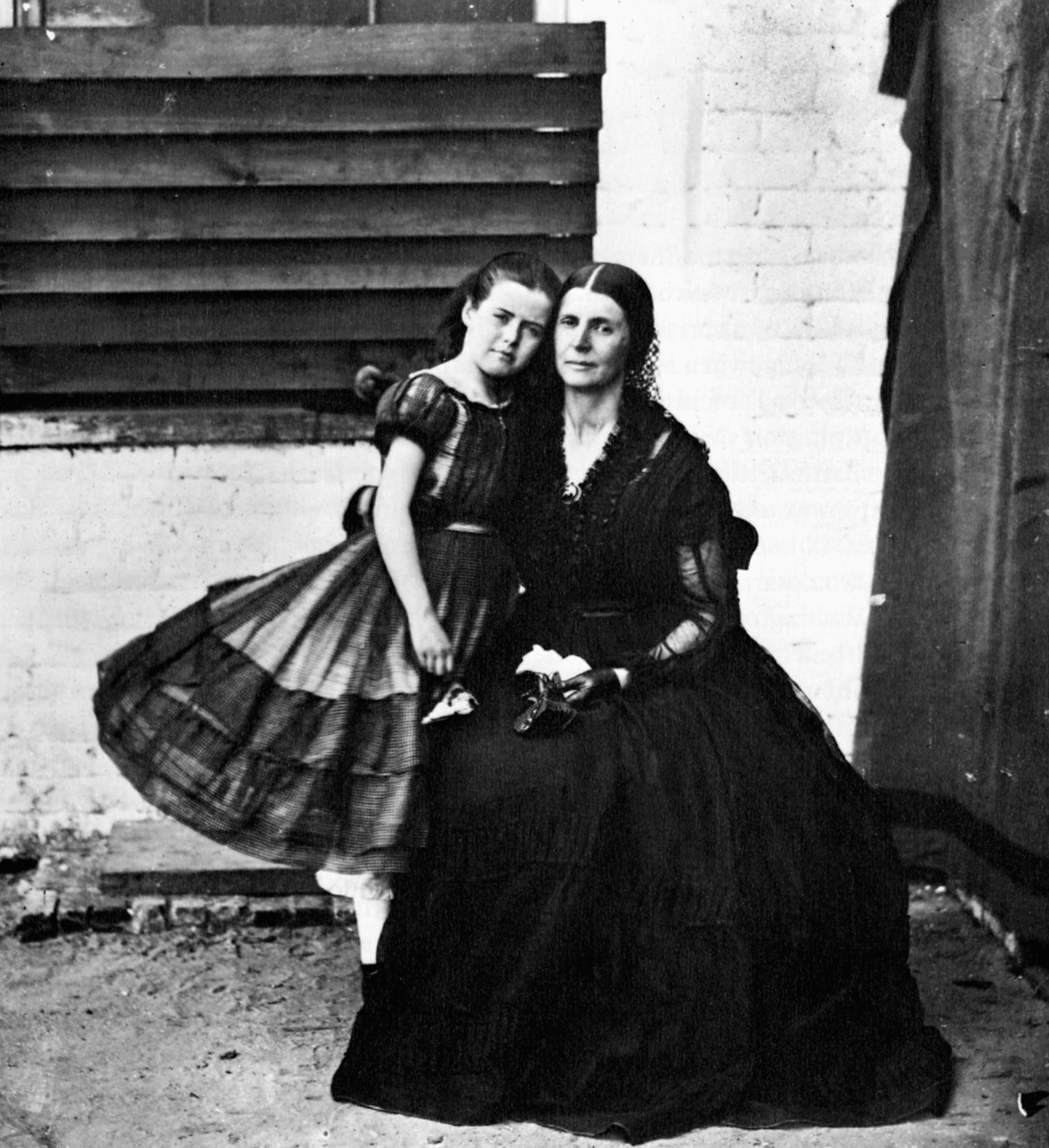
Greenhow’s Spy Ring Uncovers the Union’s Campaign Strategy
It did not take long for Greenhow to put together an espionage ring that would prove to be highly efficient and productive. By the time Fort Sumter was attacked in April 1861, Greenhow’s network consisted of at least 16 contacts. Among them was a Secret Service agent assigned to Maj. Gen. George B. McClellan’s staff; clerks in the Navy Department, the Adjutant General’s office, and various other government departments; at least one Union soldier; employees on the staff of several senior Army officers; a banker; a dentist; and a number of other well-connected people in and around Washington.
The organization looked fine on paper, and Greenhow’s operatives soon began passing information between Washington and Confederate intelligence personnel in Virginia. But the first real opportunity for her spy network to prove itself came in July 1861. After the Confederacy had decided to transfer its Congress from Montgomery, Ala., to Richmond, Va., Abraham Lincoln called a cabinet meeting attended by several generals, including 75-year-old General Winfield Scott, the commanding general of the United States Army. The purpose of the meeting was to determine what should be done about a Confederate force that had assembled in the vicinity of Manassas Junction, about 25 miles west of Washington. Scott suggested that the Confederates, under the command of General Pierre G.T. Beauregard, should be attacked and dispersed, and that the attack should be led by Brig. Gen. Irvin McDowell, with a force of just over 30,000 men.
Beauregard’s force had taken up a position near a small stream called Bull Run. It was estimated that there were about 25,000 Rebels, and their position was not considered formidable. The main worry was that a second Confederate army, under General Joseph E. Johnston, might reinforce the Rebels at Manassas. Johnston’s force of about 10,000 was then situated in the Shenandoah Valley. If Johnston could get to Beauregard, either before or during the attack, McDowell and his men would be in serious trouble.
Greenhow’s operatives soon got word of the Union intentions, and they were able to gather all the information that Beauregard needed to know about the enemy. Thanks to Greenhow and her spies, Beauregard even had a copy of the orders that McDowell had issued to his troops.
Johnston was informed of the impending battle and ordered to go to Beauregard’s immediate assistance. Because of Greenhow’s warning, Johnston was able to start for Manassas before Union troops could do anything about it.
“The Confederacy Owes You a Debt”
McDowell attacked Beauregard’s position on Sunday, July 21, and began to push the Confederates into retreat. But the Union push was blunted by troops under Brig. Gen. Thomas J. Jackson, who would become known as “Stonewall” Jackson for his stubborn holding action at Bull Run. This allowed Johnston’s 10,000 men enough time to arrive on the field and turn the tide of battle. The combined forces of Beauregard and Johnston subsequently routed McDowell’s men, who broke and ran from the field.
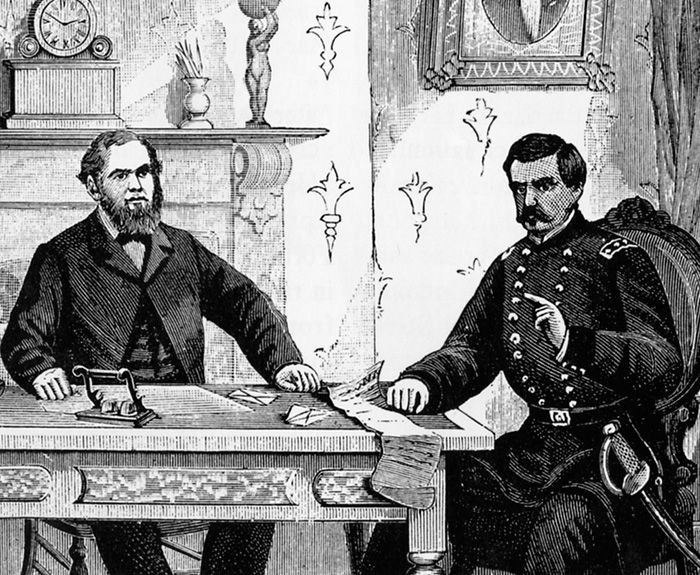
Immediately after the battle Greenhow received another note, this one from the Confederate government at Richmond: “Our President and our General direct me to thank you. The Confederacy owes you a debt.” It did indeed. Without her intelligence, Johnston’s men would never have reached Manassas on time, and the battle—and possibly the war—would have had a far different outcome.
Discovered by Allan Pinkerton
After the rout at Bull Run, Winfield Scott was replaced as overall commander by Maj. Gen. George B. McClellan. McClellan brought his own personal spy with him, a Scottish immigrant named Allan Pinkerton. Pinkerton had become the first professional detective in Chicago in 1850, and had made a reputation for himself as one of the top detectives in the country. At the end of July 1861, he was given the assignment of keeping Greenhow under surveillance.
Along with two assistants, Pinkerton took up position outside Greenhow’s house. He had been watching for only a few minutes—although in heavy rain it seemed a lot longer—when a visitor entered the house. Pinkerton recognized the visitor as an infantry captain he had met for the first time that same day. He identified the officer as “Captain Ellison,” although that was not the man’s real name.
A few minutes later, Greenhow and Ellison entered the room that Pinkerton was watching. Although Pinkerton could not hear the conversation as clearly as he would have liked because of the ongoing storm, he heard enough to know “that this trusted officer was then and there engaged in betraying his country, and furnishing to his treasonably-inclined companion such information regarding the disposition of our troops as he possessed.”
At about 12:30 in the morning, Ellison finally left Greenhow’s house and returned to his post. The captain’s real identity was John Elwood of the 5th U.S. Infantry. Pinkerton related his information to Assistant Secretary of War Thomas A. Scott, who questioned the captain and had him placed under arrest. Following this, Pinkerton returned to Greenhow’s residence to resume his surveillance.
Although Greenhow knew by then that Ellison/Elwood had been apprehended, she carried on with her activities as though nothing had happened, while the evidence against her increased.
On August 23, 1861, she was placed under house arrest, and later held in the Old Capitol Prison. Even in captivity Greenhow was able to continue spying for the South due to the inattention of her guards, sending coded messages to Confederate agents. In June 1862 she was exchanged for several Union prisoners of war. When she and her daughter arrived in Richmond they were welcomed personally by President Jefferson Davis.
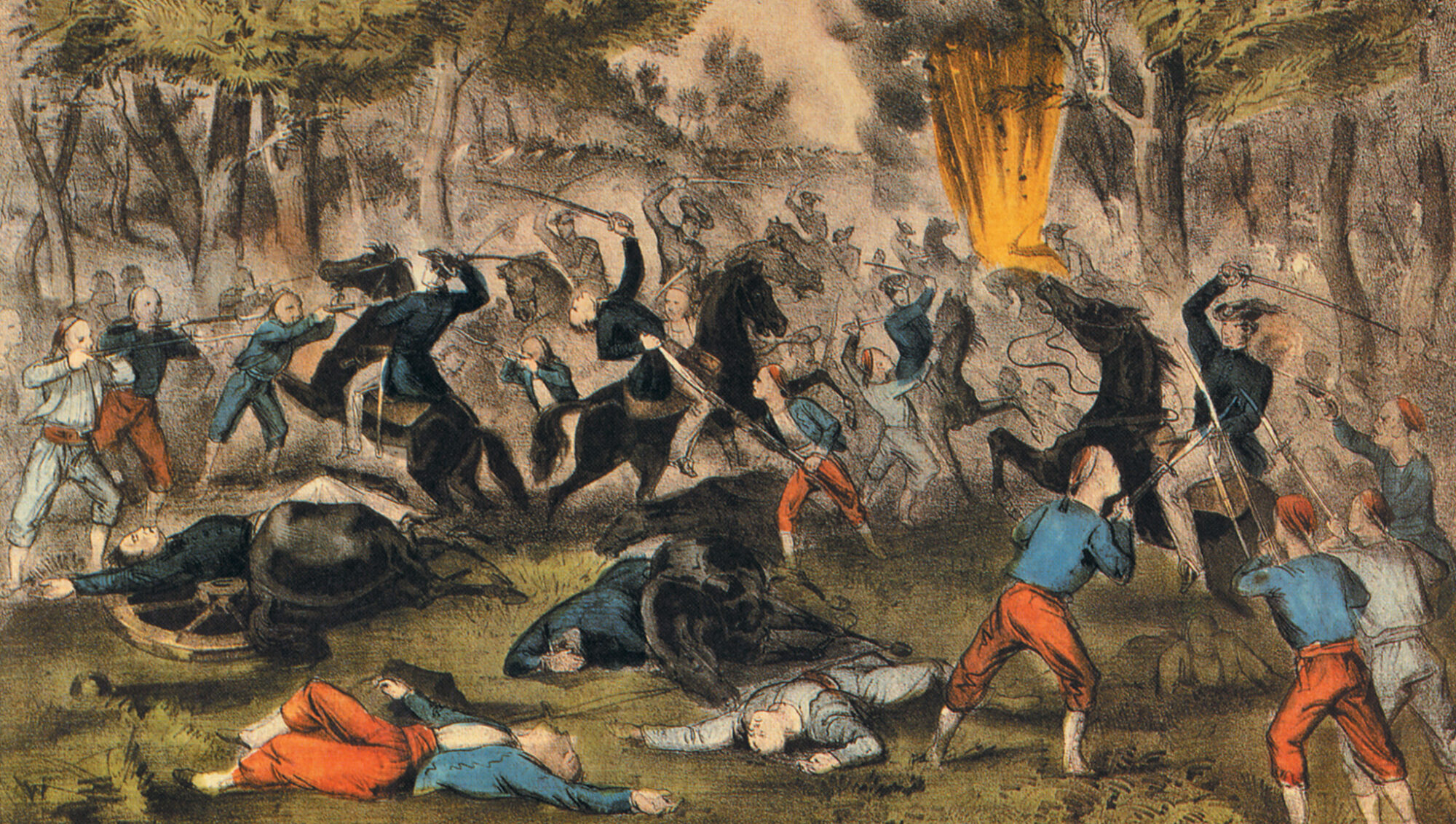
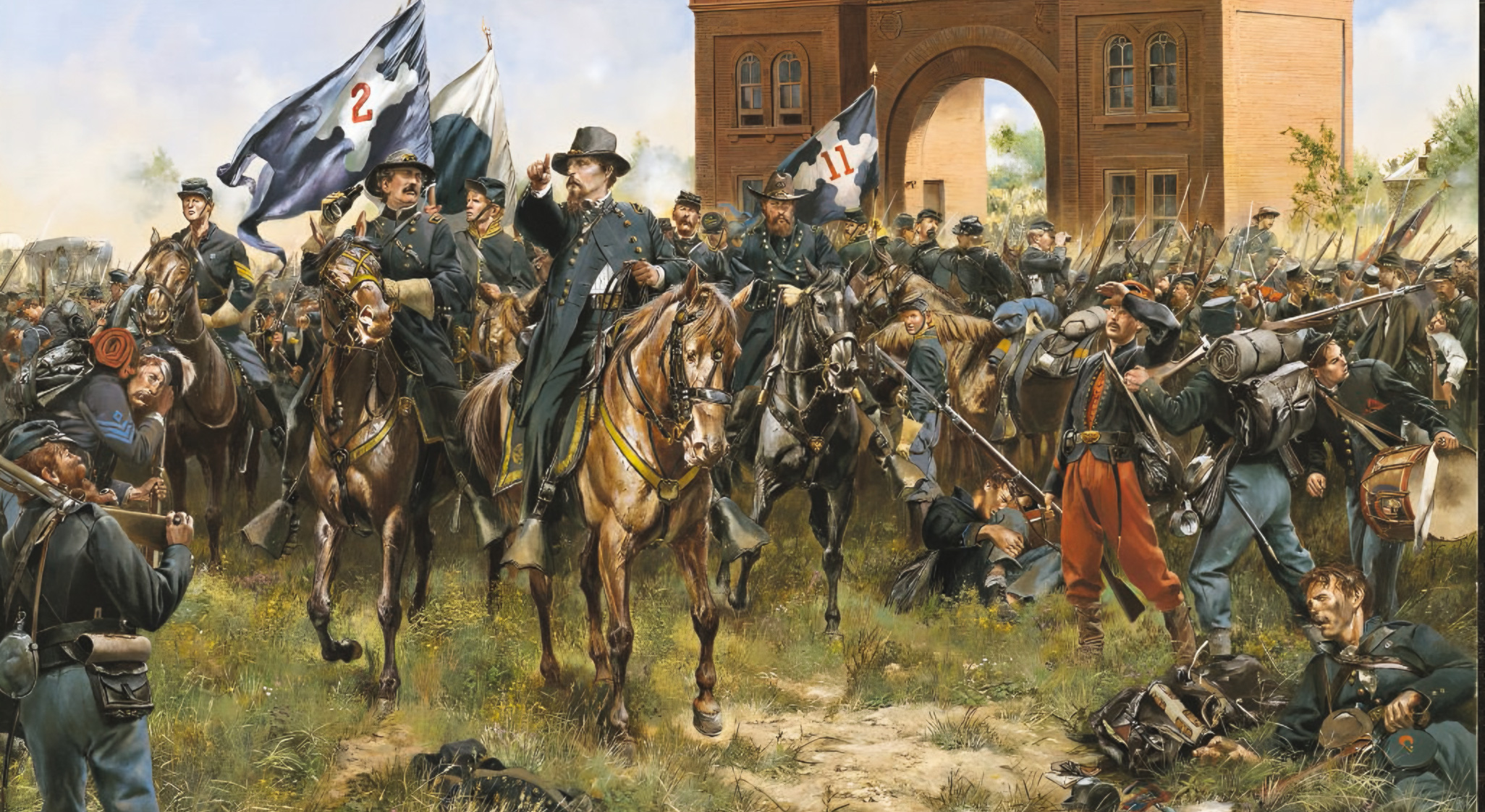
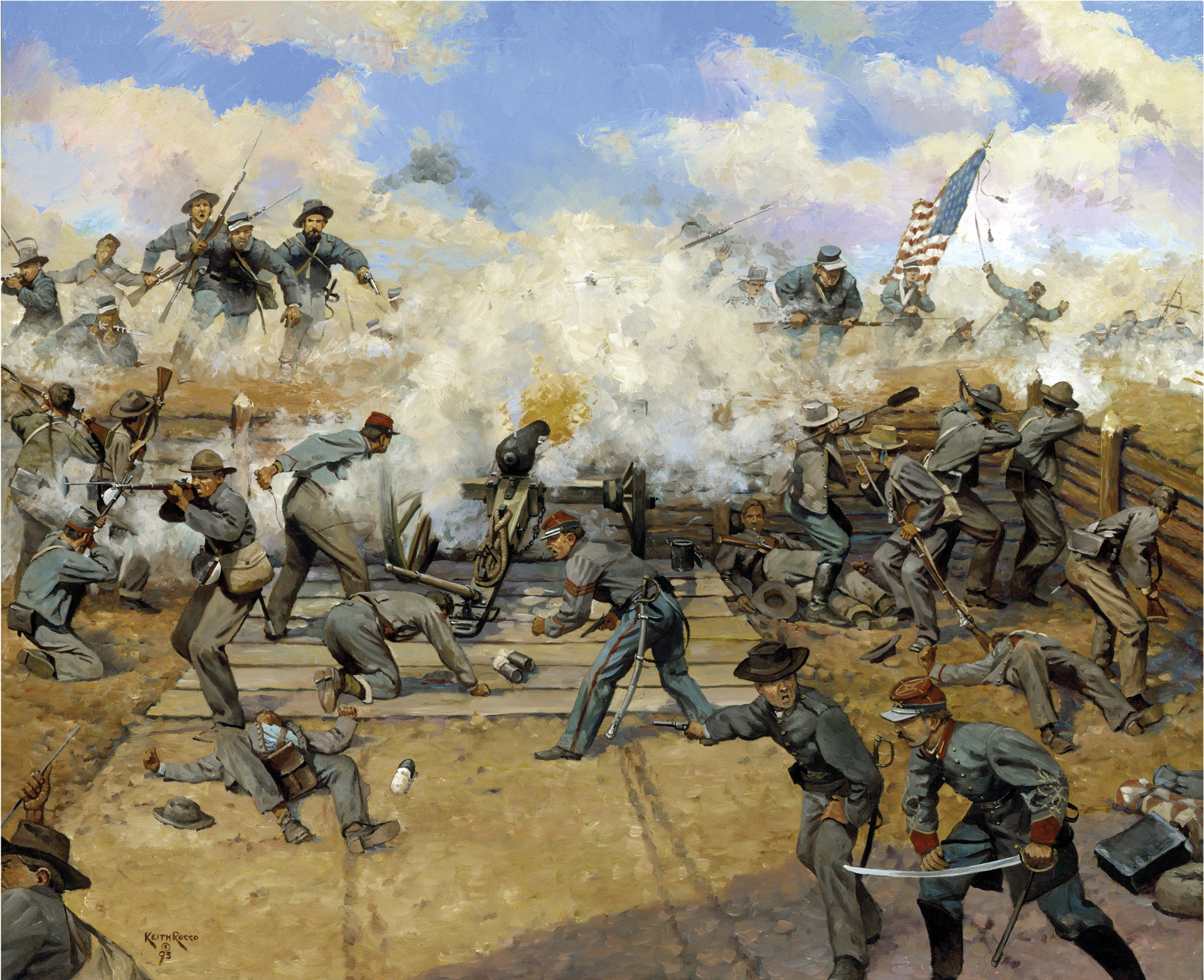
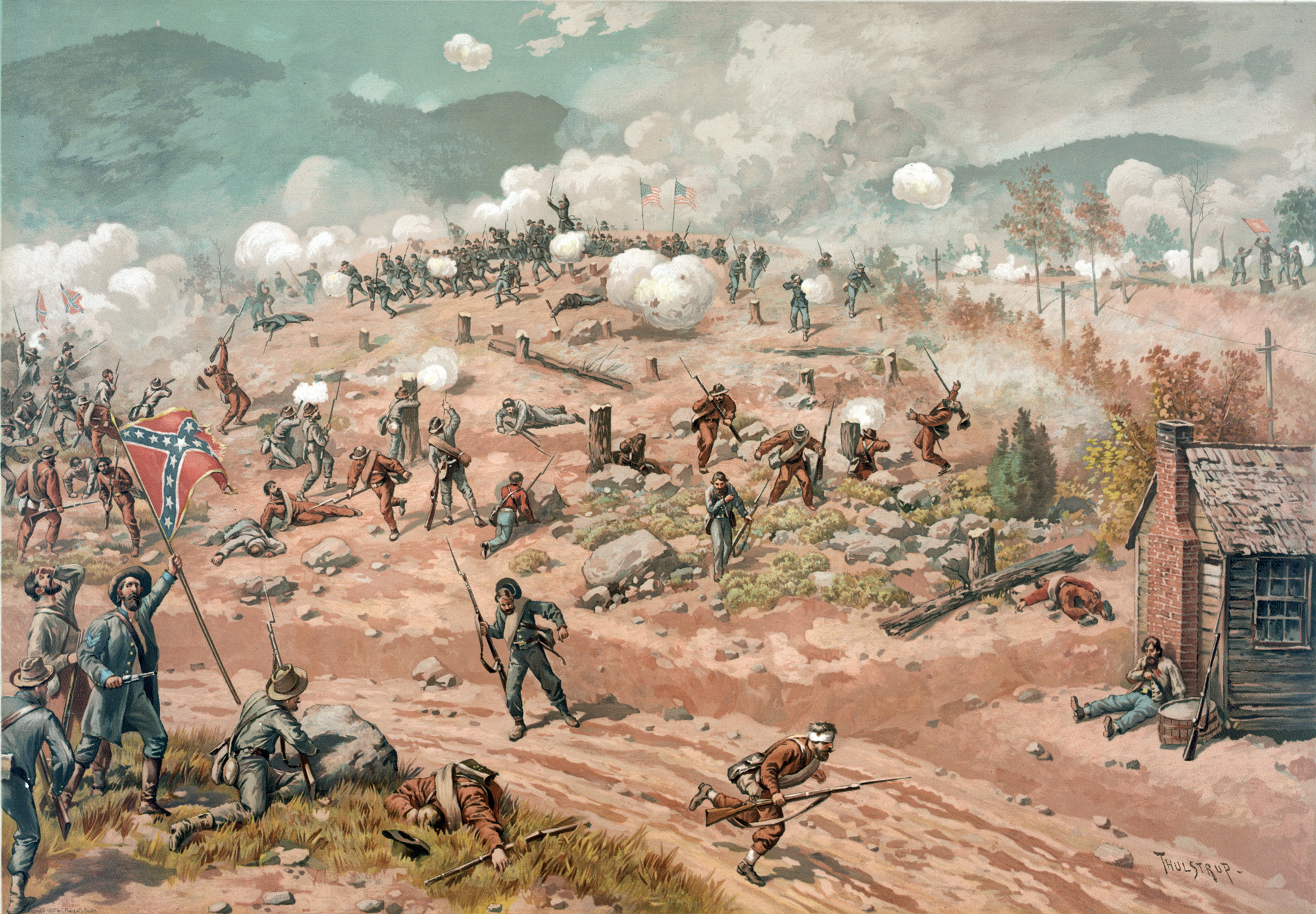
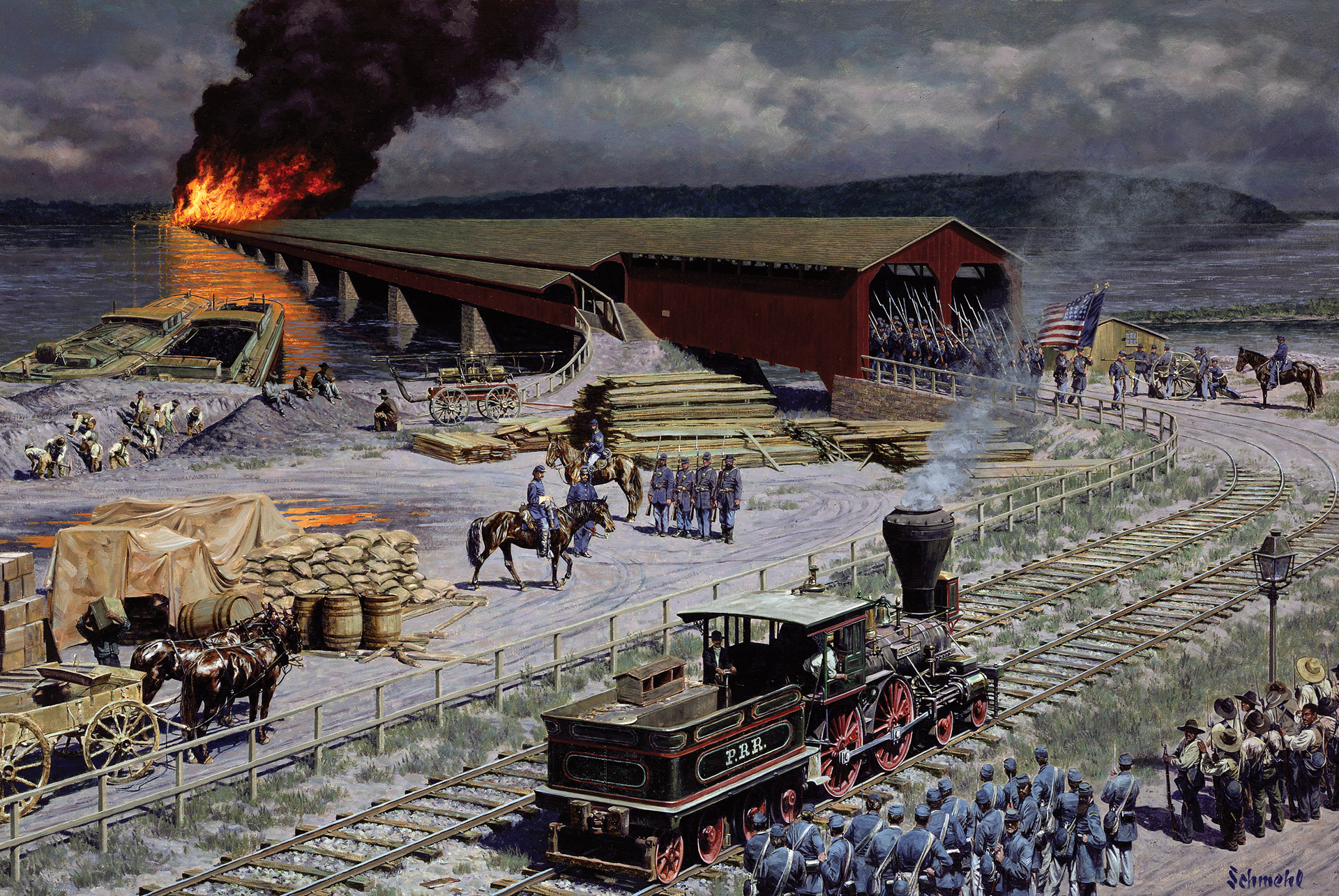
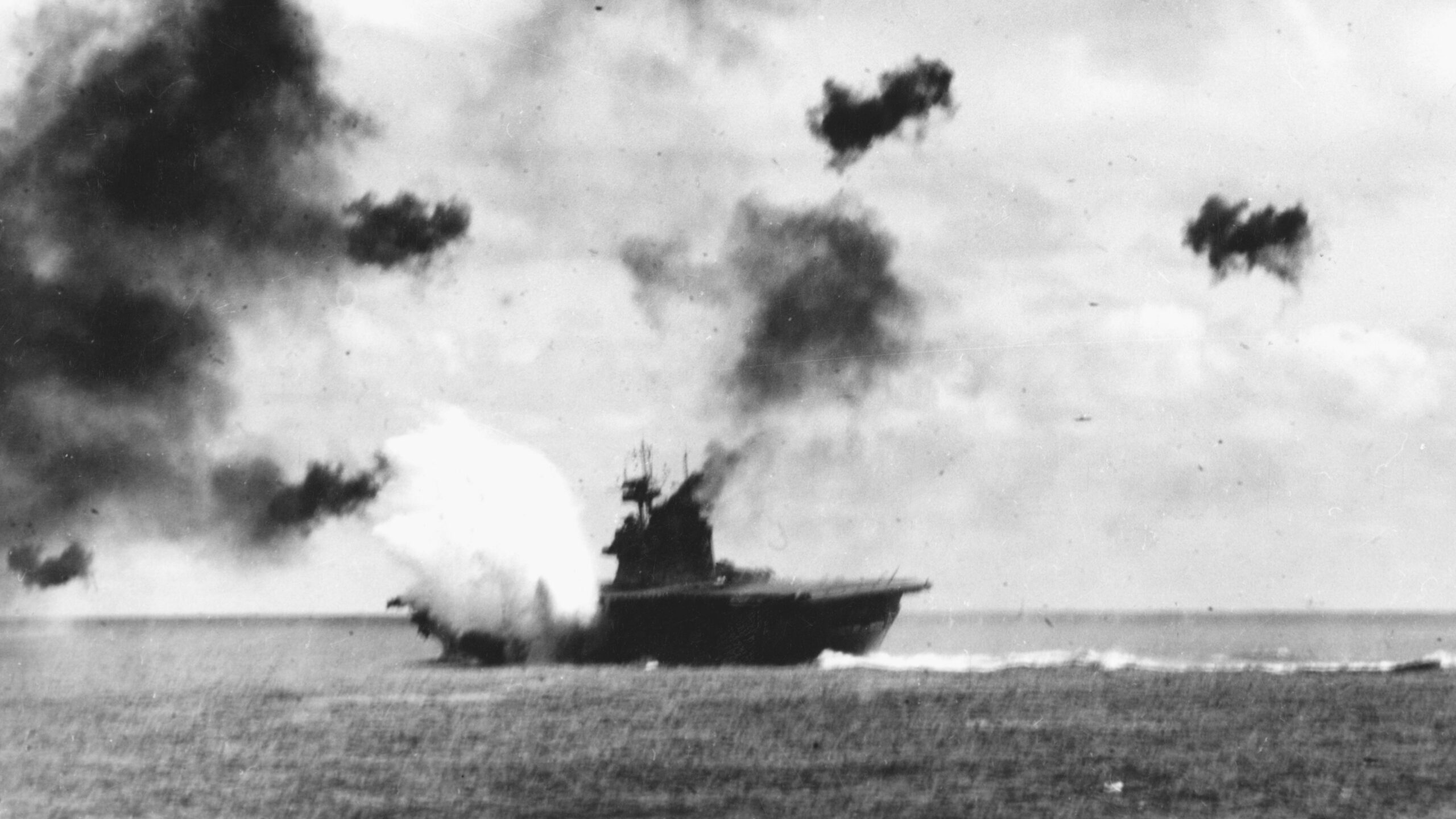
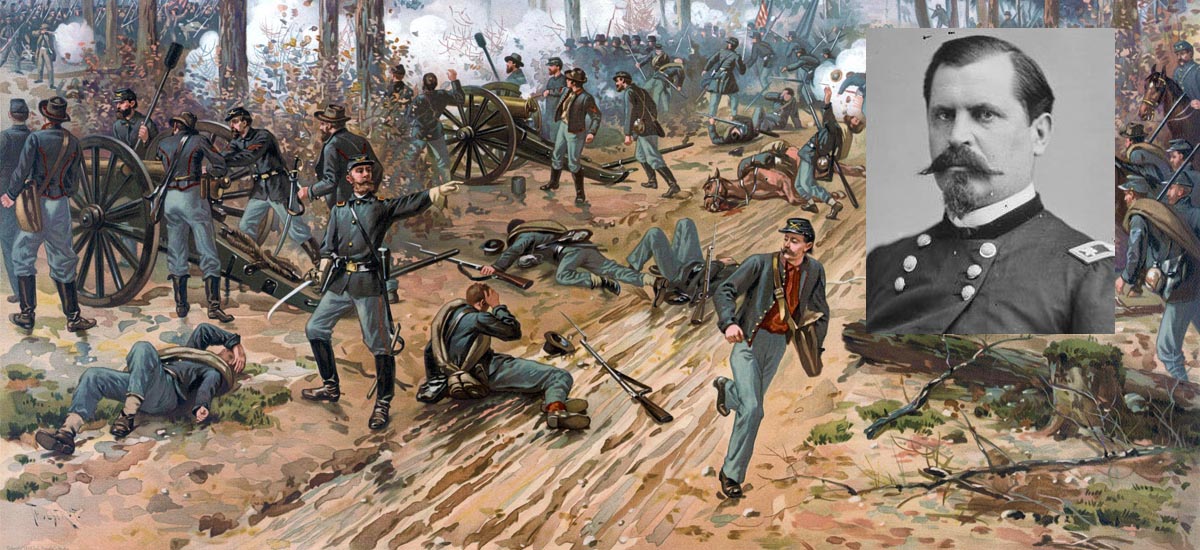
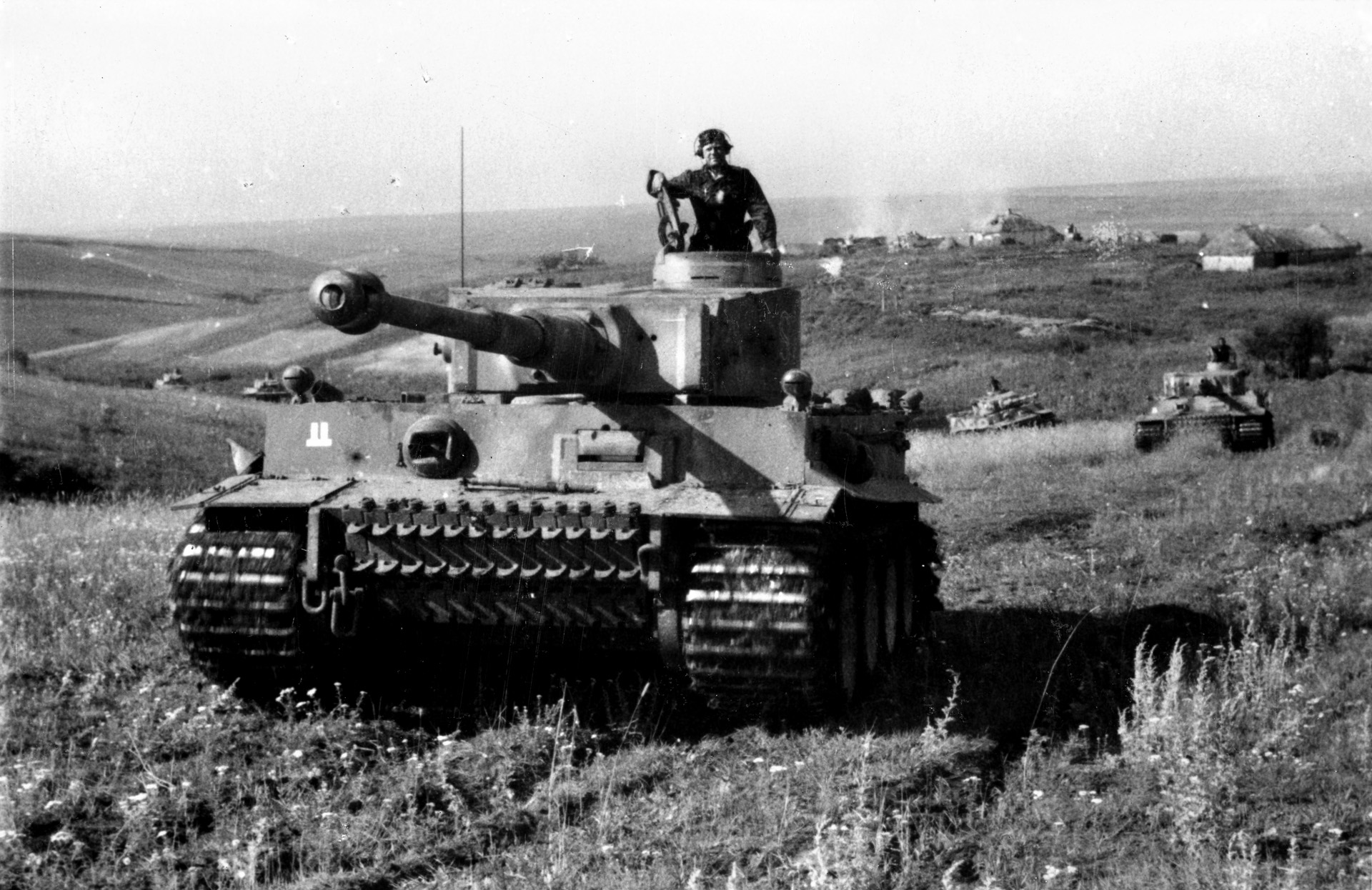
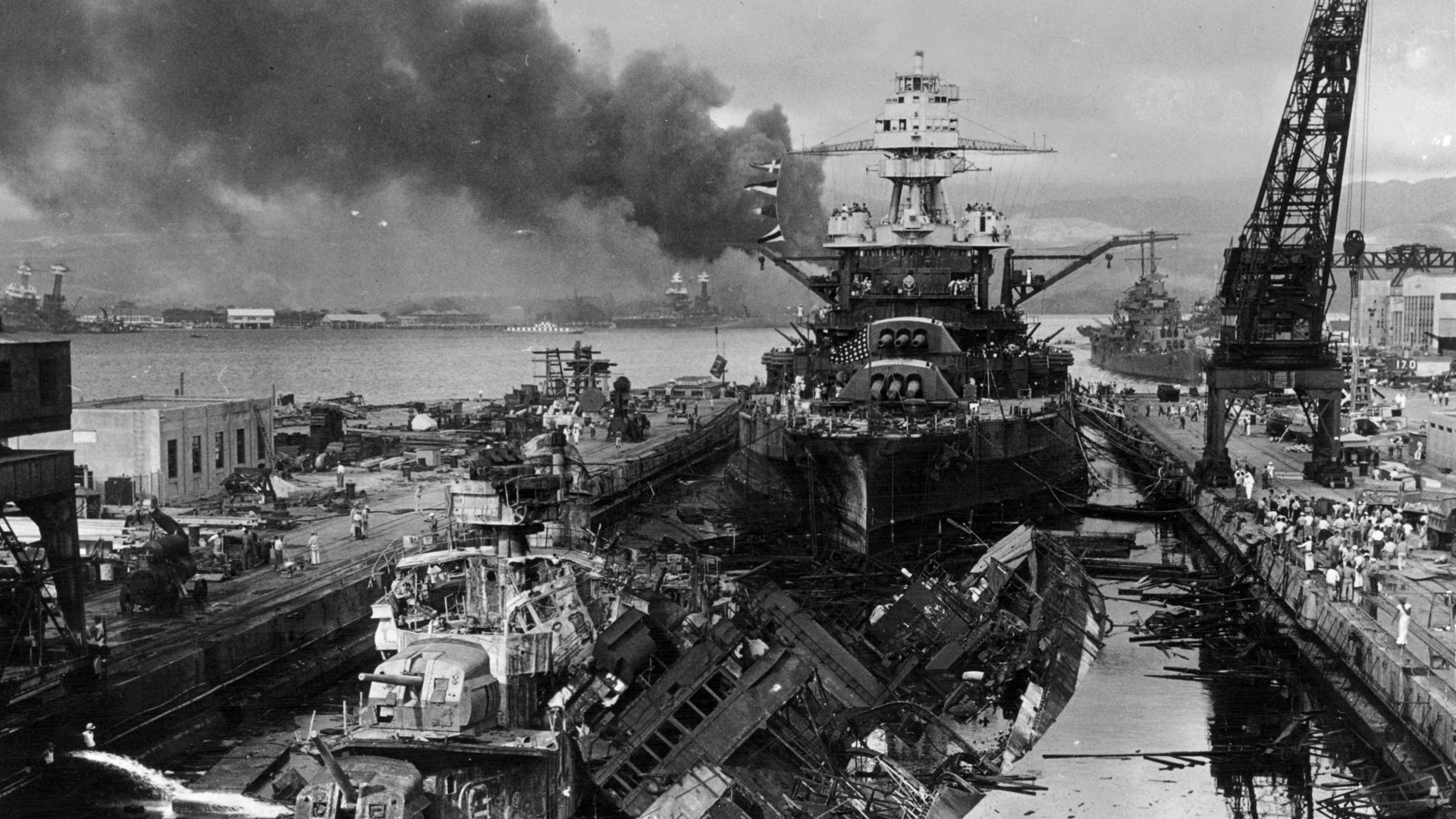
Join The Conversation
Comments
View All Comments